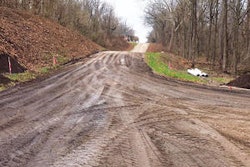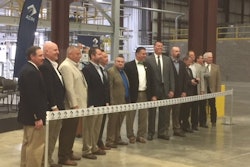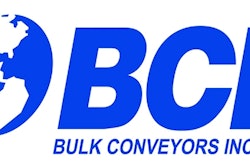
The condition of the nation’s inland waterway system continues to remain a priority for U.S. soybean farmers. Last year, 97.2 million tons of soybeans and grain were transported via the system – connecting farmers with international customers.
A high percentage of the nation’s navigable rivers require a system of locks and dams to costeffectively and efficiently provide the linkage between soybean and grain production regions and export facilities. Many of these locks and dams have been allowed to degrade and, as a result, they no longer provide confidence that soybean and grain shipments via the inland waterways will be reliably transported.
If allowed to continue, international competitiveness of the U.S. soybean and grain farmer will decline. Over the years, the Soy Transportation Coalition (STC) has routinely conveyed the argument, “How you allocate money is just as important as how much money you allocate.”
Improving the nation’s inventory of locks and dams is not solely a function of increased funding. More efficient allocation of funding is also essential. In an effort to increase awareness of the need to provide funding for locks and dams in a more reliable manner, the STC has released a report, Predictable Funding for Locks and Dams, that describes the cost escalations and project delays resulting from the current unpredictable and piecemeal funding approach and identifies potential best practices that, if implemented, will enhance the likelihood of lock and dam construction and rehabilitation efforts being completed on time and within budget.
Doing so will not only save taxpayer dollars, but the accelerated completion of these projects will provide accelerated benefits to agriculture and other industries utilizing the inland waterway system.
The report, conducted by Texas A&M University, compared a hypothetical lock and dam project constructed via the current unpredictable, piecemeal funding approach with one potentially constructed with predictable and reliable funding.
The research highlighted how a lock and dam project with a five-year construction timeline and a $500 million initial cost estimate would be completed on time and within budget provided predictable and reliable funding from Congress. In contrast, the same project with the same initial cost estimate and construction timeline would ultimately cost $573 million and eight years to complete under the current unpredictable and piecemeal funding approach employed by Congress.
The same project with the same price tag can have entirely different outcomes – not because of more appropriated funding but simply due to funding being provided in a more reliable manner.













